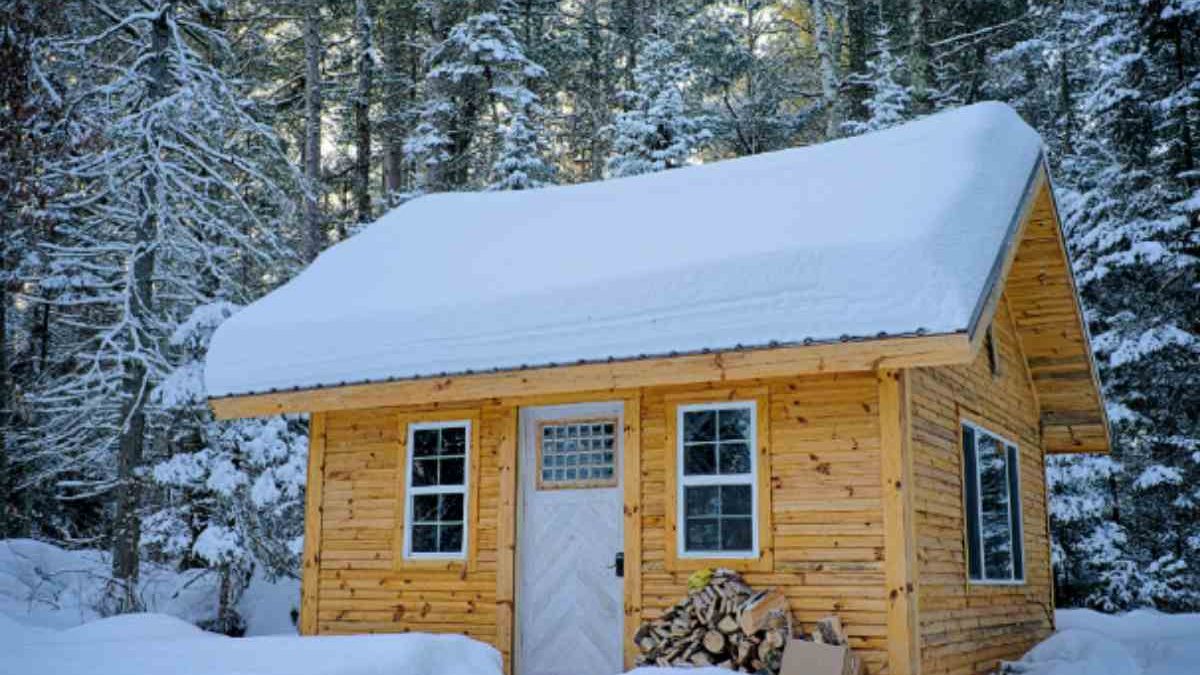Living in the Arctic zone demands a certain level of preparedness. Brutal winters with bone-chilling temperatures and unforgiving wind chills necessitate a well-equipped home. Specific equipment ensures your comfort and safety throughout the long, cold months.
In this article, we picked up a list of 6 essential pieces of equipment every Arctic homeowner needs to weather the cold.
Table of Contents
1. Insulated Outerwear
When it comes to battling extreme chills, insulated outerwear acts as your fortress. Filled with materials like down or synthetic fibers, these jackets and vests trap air, creating a layer of insulation that restricts heat loss. This trapped air significantly slows the transfer of your body heat to the frigid environment, giving a noticeable feeling of warmth and coziness.
The effectiveness of this insulation is often measured in terms of fill power, with higher numbers indicating more excellent heat retention. According to Popular Science, the fill power number usually ranges from 300- 900. It generally represents the number of cubic CMs one ounce of filled material will occupy when compressed in a chamber by a standardized weight. Higher quality of filled materials won’t compress much, providing better insulation.
So, the next time you enter the biting cold, remember that your trusty insulated outerwear is a microscopic air bubble shield. It is essential to keep you toasty and comfortable.
2. Reliable Heating System
A reliable heating system is the unsung hero of any Arctic home. Furnaces fueled by natural gas or propane offer dependable warmth but with low efficiency. These systems generate heat through combustion and distribute it via a network of ducts throughout your house.
Geothermal heat pumps extract heat from the constant temperature below the earth’s surface for an eco-friendly option boasting high efficiencies. While the initial installation cost for geothermal systems might be higher, the long-term operational savings can be significant.
According to Energy.gov, an electric furnace that entirely runs on electricity has an AFUE rating between 95-100%. They are highly efficient as there is no heat loss through a chimney. However, despite being highly efficient, they are not chosen due to high electricity consumption.
Regardless of your choice, a properly maintained heating system ensures consistent warmth and comfort, even during the most extreme Arctic winters.
3. Emergency Power Generator
In the unforgiving Arctic climate, power outages can quickly turn dangerous. An emergency power generator provides crucial backup electricity during these times, safeguarding your home from the harsh reality of a sudden freeze. With a generator, you can ensure your heating system, including oil furnaces or electric heat pumps, continues functioning.
This uninterrupted warmth prevents pipes from freezing and bursting, which can cause extensive property damage and leave you without running water. Additionally, a generator can power essential appliances like refrigerators and freezers, protecting your food stores from spoiling. An emergency power generator offers peace of mind and a vital safety net against the potential hazards of an Arctic power outage.
4. Wall-Mounted Boot and Glove Dryers
Living in the Arctic means constantly battling moisture. Damp boots and gloves can become frozen solid overnight, leaving you scrambling in the mornings. Wall-mounted boot and glove dryers are lifesavers in this fight.
According to Alpine Dryers, many models come with adjustable timers and temperature settings, allowing you to customize the drying process for different gear types. For added convenience, look for dryers with built-in shelves or hanging hooks for optimal air circulation.
They come in various configurations, with some featuring designated compartments for boots and gloves. Some others offer a more open design suitable for a broader range of gear. For instance, you can consider the 110V Alpine Dryers for efficient boot drying. These devices utilize forced air circulation to remove moisture and promote faster drying times.
Investing in a wall-mounted boot and glove dryer will ensure your essential winter gear stays dry, comfortable, and ready for the next adventure.
5. Snow Removal Equipment
Taming the relentless snowfall is a crucial aspect of Arctic life. Snow removal equipment comes in various forms to tackle different situations.
For smaller driveways and walkways, powerful snow blowers with rotating augers efficiently scoop and propel snow away. Heavier snowfall might necessitate a snow plow, which can be attached to tractors or ATVs for larger areas. Roof rakes are another essential tool, preventing snow accumulation and potential roof damage.
Snow Shovels are also a must-have tool for all homeowners in the Arctic region. The market for snow shovels is increasing globally because of their efficiency, cost-effectiveness, and demand in heavy snow-prone areas like the Arctic. According to Business Research Insights, the market will grow at a CAGR of 8.39% during the forecast period and might reach $17346.8 million by 2028.
Having the proper snow removal tools on hand ensures safe access to your property and maintains a clear path during storms.
6. Reliable Transportation
In the Arctic’s vast and often isolated landscapes, reliable transportation becomes more than just a convenience; it’s a lifeline. With long distances separating communities and essential services, a dependable vehicle ensures access to critical resources. Whether reaching a hospital to restock groceries or simply visiting family, a functional car or truck allows residents to navigate the harsh environment.
With features like snow tires and robust engines, vehicles equipped for winter conditions become even more crucial for safe travel during snowstorms. Reliable transportation empowers Arctic residents to maintain their way of life and navigate the challenges of living in such a remote and demanding region.
Frequently Asked Questions
How can wall-mounted boot and glove dryers benefit Arctic homeowners?
Wall-mounted boot and glove dryers help Arctic homeowners by quickly drying their wet boots and gloves. These dry gloves and boots prevent them from freezing and ensure comfortable, warm gear for daily use.
What types of insulated outerwear are best suited for Arctic conditions?
Insulated outerwear with high fill power ratings is ideal for Arctic conditions. Down jackets offer the most warmth for their weight, but synthetic parkas are a good option as they retain warmth even when wet.
How do I choose the right heating system for my Arctic home?
Choosing the right heating system for your Arctic home depends on fuel availability, home size, and budget. For reliable warmth and efficiency, consider high-efficiency gas or propane furnaces. Geothermal heat pumps are another option, using the earth’s constant temperature for eco-friendly heating but with a higher upfront cost.
To conclude, conquering the Arctic cold requires preparation. Investing in the right equipment can transform your home into a haven of warmth and comfort. Remember, this list provides a strong foundation, but don’t hesitate to research additional gear specific to your needs and location. With the proper tools and planning, you can embrace the beauty of the Arctic winter while staying warm and cozy.


